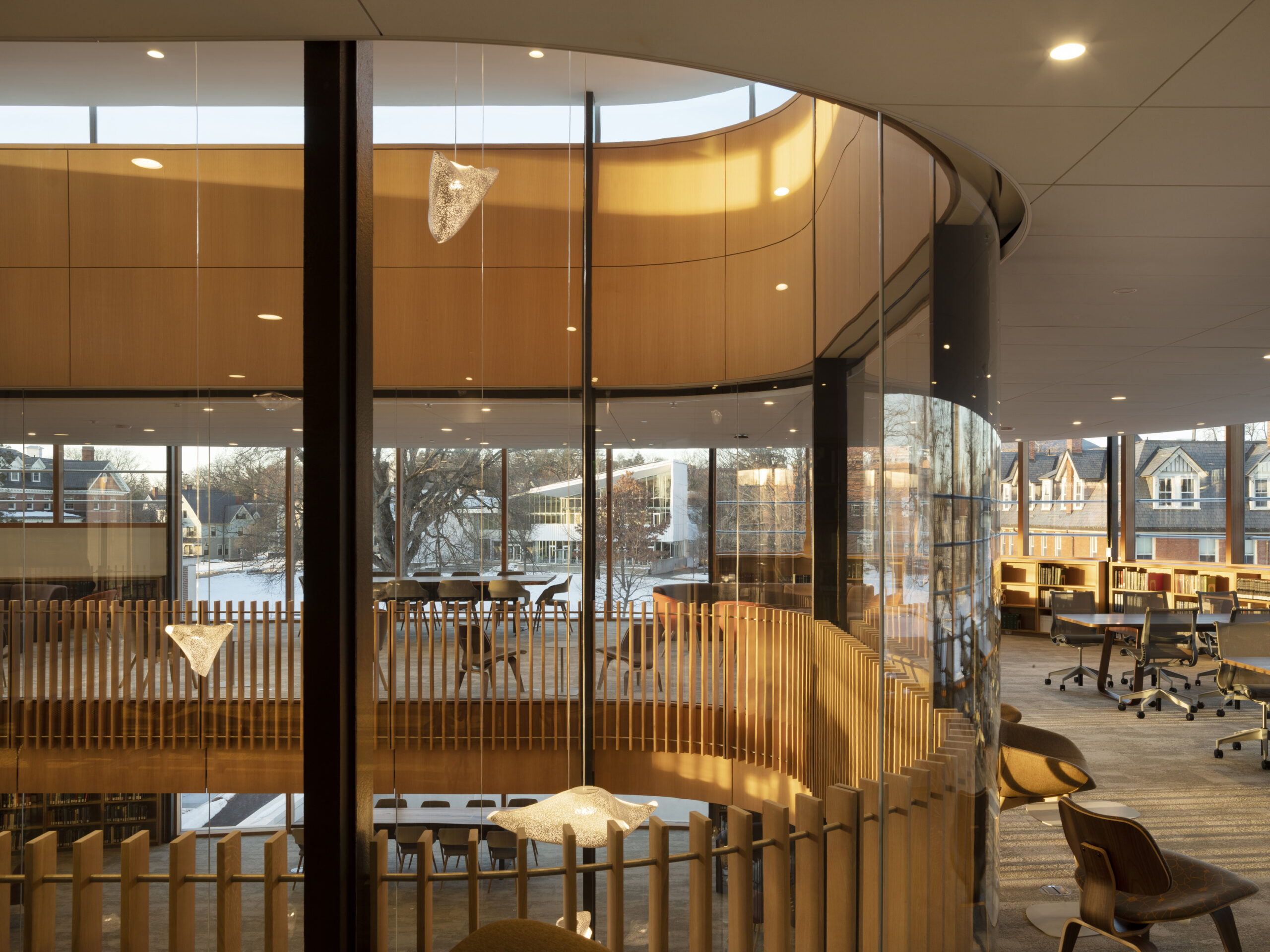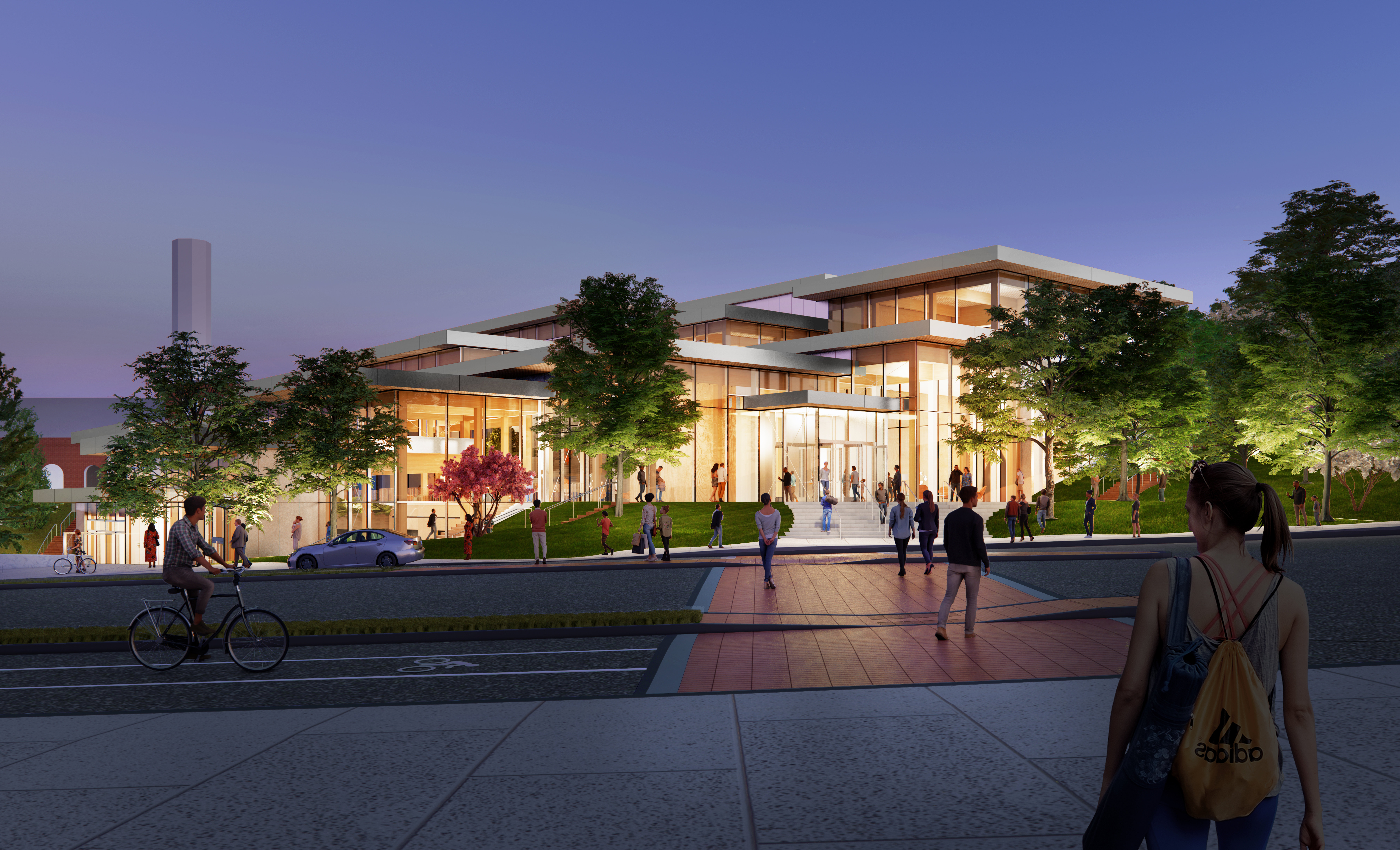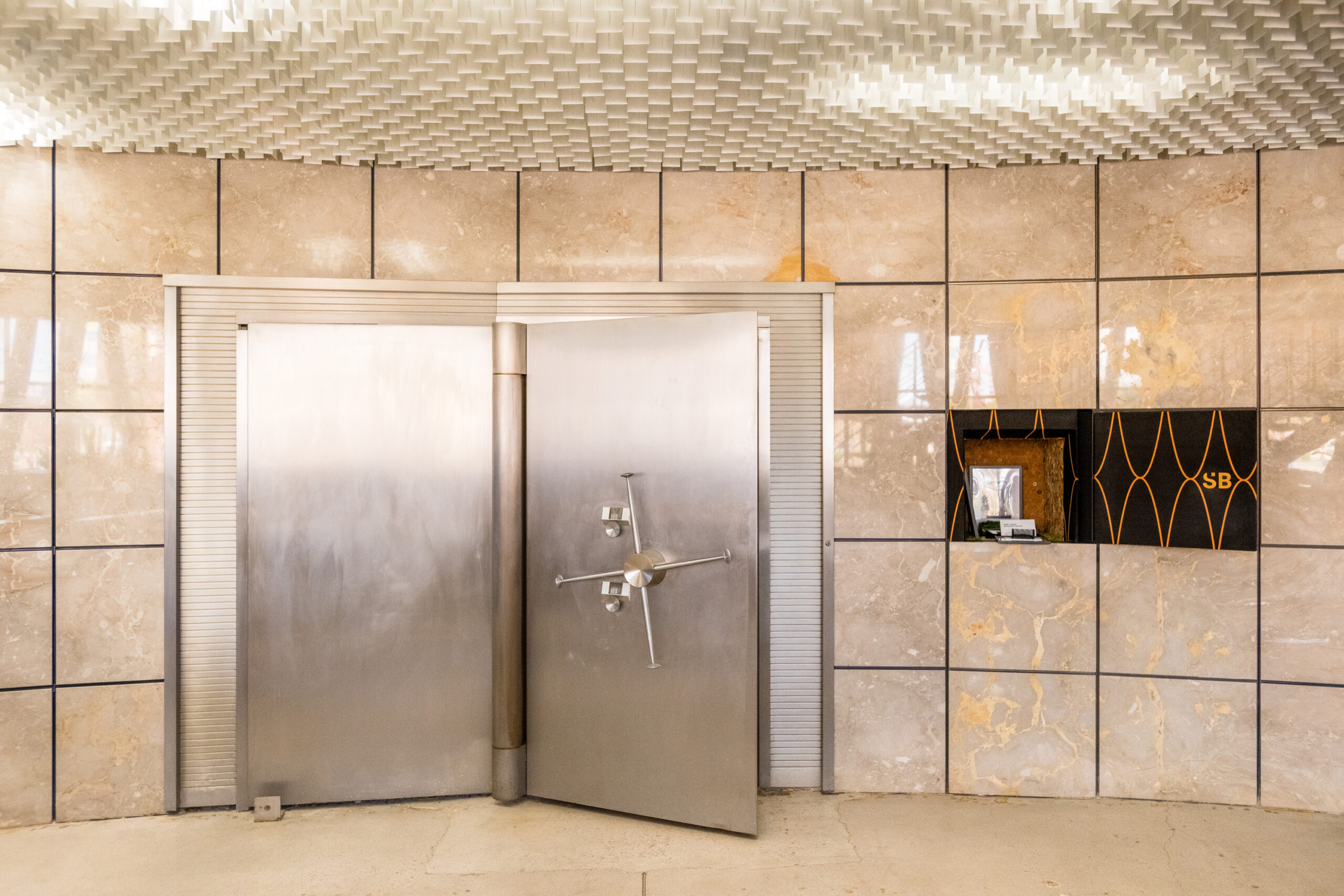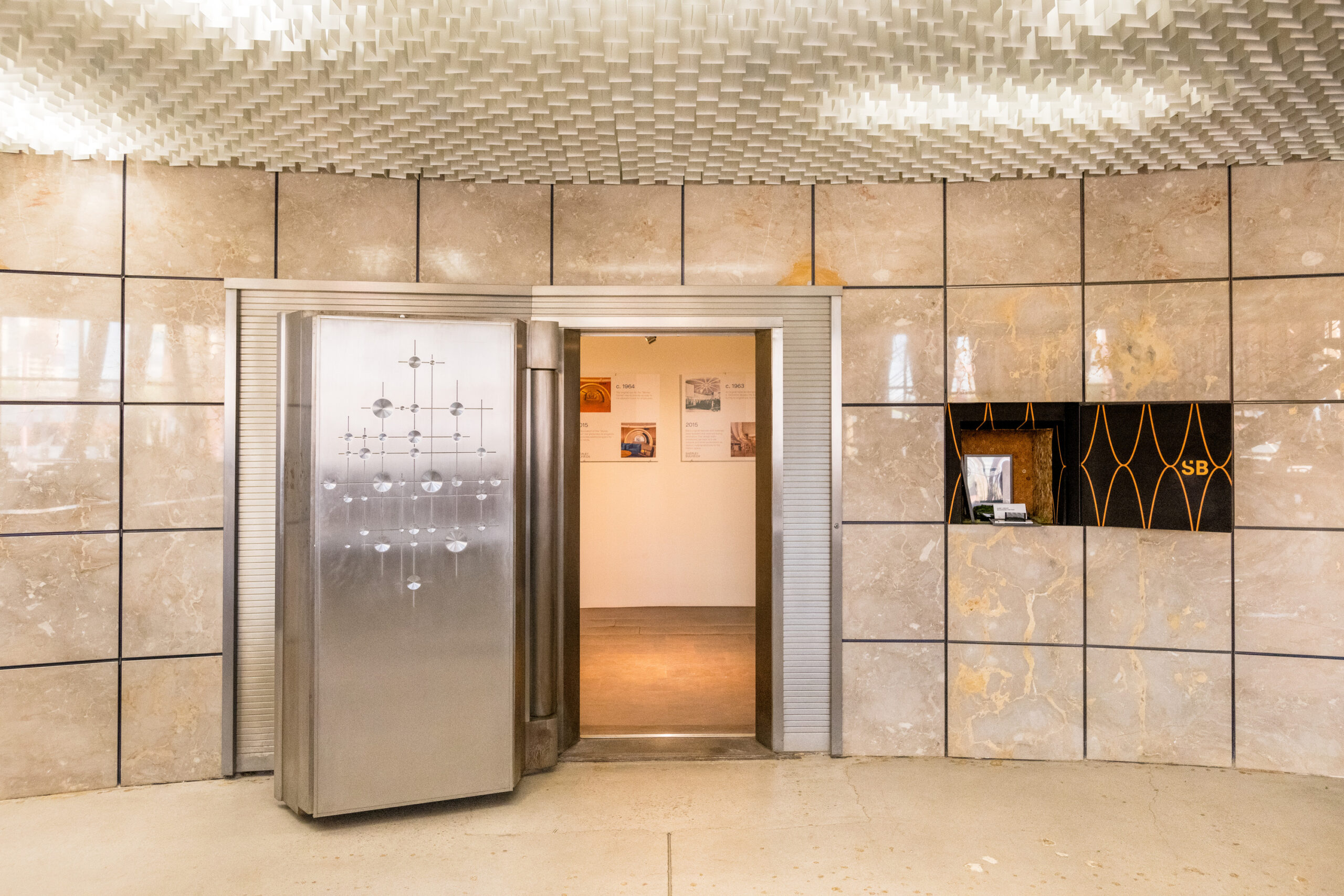Embodied carbon: Why does it matter?
There are two types of carbon emissions in reference to a building: operational and embodied. While operational carbon—the carbon dioxide (CO2) that is emitted, with use, during the life of a building—has been a mainstream topic within the sustainable design conversation for years, embodied carbon has been less prevalent. However, as green building dialogue expands, consumers, architects, and builders are all looking for bigger outcomes that support people and planet in the long-term.

What is embodied carbon?
Embodied carbon refers to CO2 emitted during the manufacture, transport, and construction of building materials, plus end-of-life emissions. While significant progress has been made to understand how to reduce operational emissions—our industry is getting more and more successful at making efficient buildings—there is still a gap in our knowledge and effort toward reducing embodied emissions.
Unlike operational carbon, which can be reduced over time with energy efficient renovations and the use of renewable energy, embodied carbon emissions are locked in place as soon as a space is built.
Embodied carbon will be responsible for almost half of total new construction emissions between now and 2050.
We need to limit embodied carbon now if we want to meet the climate targets by the year 2050.
The process of adaptive reuse limits embodied carbon by utilizing existing structures in our built environment. Shepley Bulfinch’s Phoenix office is a restoration and adaptive reuse of the Phoenix Financial Center, celebrating a historic architectural landmark. Photos © Marjorie Becker Photography.
Gaining perspective on CO2
By 2060, the world population is expected to increase by about 2.67 billion people. The world urban population should outpace that, with expected growth of about 2.75 billion people. What does this mean for buildings? Global building floor area will increase by 230 billion square meters or nearly double the current worldwide building stock. That’s an entire New York City built once a month for the next 35 years!
As an end user of fossil fuels, the building sector accounts for more emissions than any other, producing nearly half of total global greenhouse gas (GHG) emissions—not including existing buildings. We do not have 25 years to figure this out.
When designers push beyond
We as architects and designers have a responsibility to help lead the charge by actively learning and acting at the same time. Here are a few ways we can proactively move the needle.
- The greenest building is one that is already built. Let’s use what we already have and re-use existing buildings to eliminate the creation of embodied carbon.
- Don’t ignore embodied carbon. It needs to be part of the conversation at the inception of a project with points of intervention throughout.
- Inspire, inform, and enable low-carbon construction by helping to drive the market toward embodied carbon transparency using environmental product declarations (EPDs).
- Incorporate healthy materials. From red-list free materials to the natural carbon reduction of mass timber, leveraging healthy materials can lead to more efficient buildings.
- Help create less harmful buildings by integrating LCA (whole building life cycle assessment) and benchmarking into the design process.

The design of Johns Hopkins University’s Hopkins Student Center included an LCA of the mass timber structure. Rendering © BIG.

Siiri Julianus, LEED AP
Designer, Associate
Siiri is an experienced member of the firm’s education practice group. As an associate with seventeen years of experience, she is an experienced designer and has worked on a variety of project types ranging from strategic planning and visioning to complex construction detailing and coordination.







